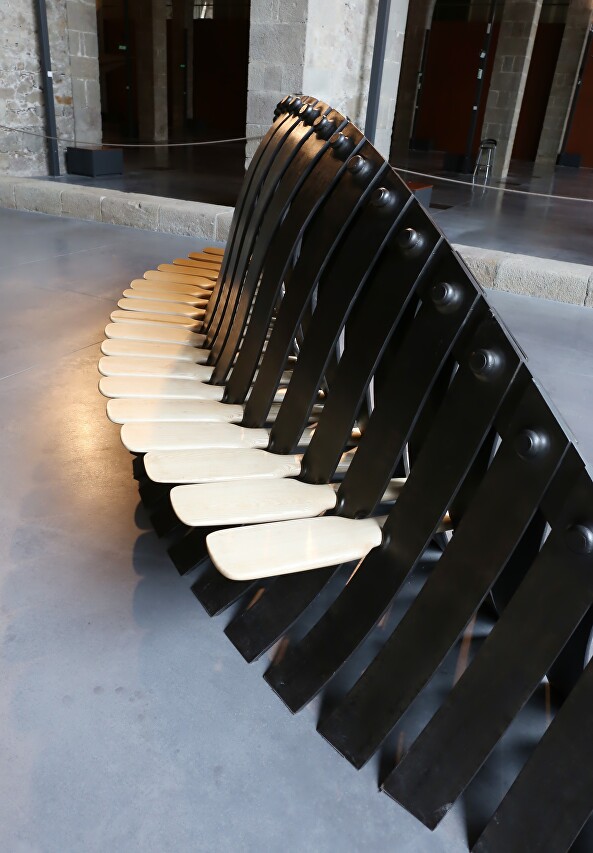Royal galley (Galera Real)
The main exhibit of the Maritime Museum in Barcelona is the galley "Real" (Spanish "Royal"), the flagship of the Holy League fleet during the battle with the Ottoman fleet at Lepanto. This is not a mock-up, but a complete reconstruction of a 16th-century warship, the only one currently available.
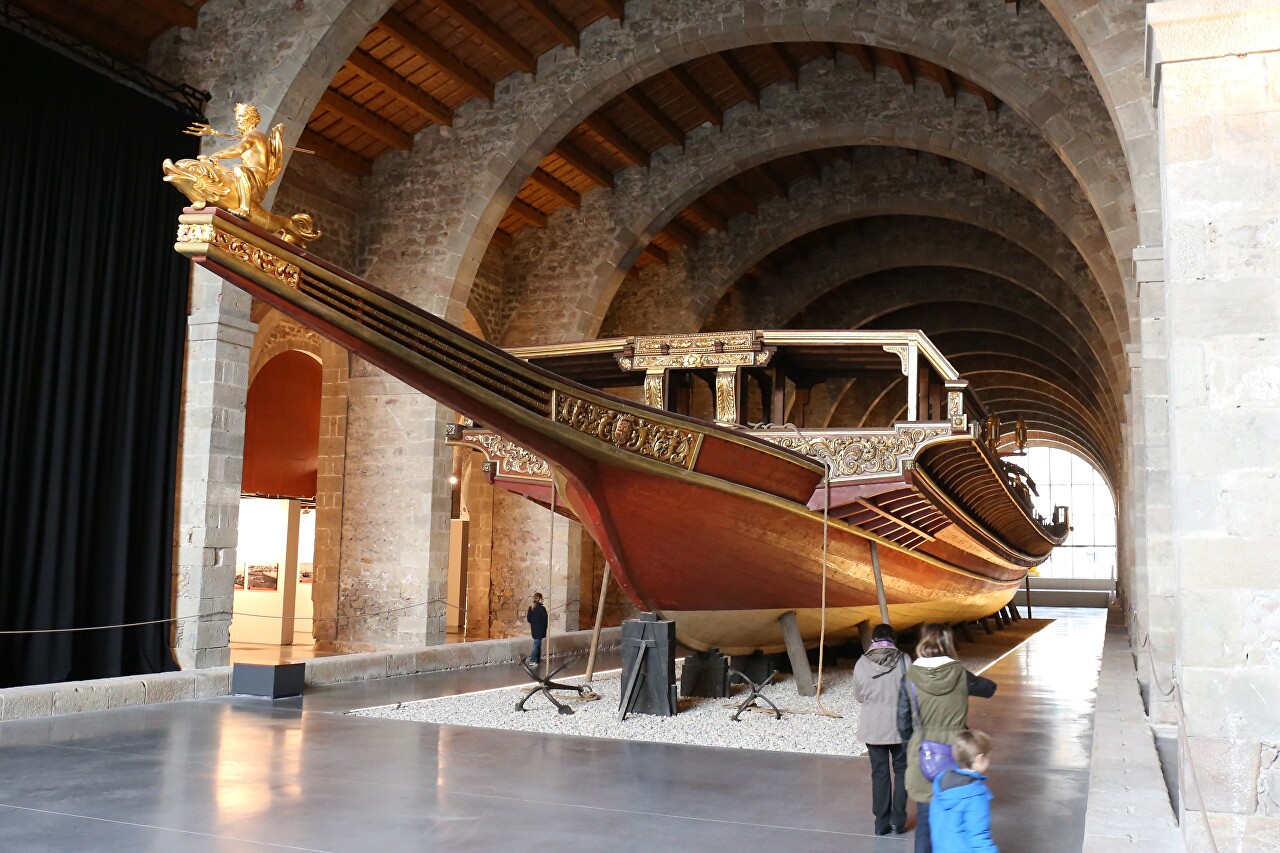
The galley is a sailing and rowing vessel with a length of 60 meters and a width of 6.2 meters. these proportions allowed for speeds of up to 5 knots. The ship was relatively light (240 tons), with a draft of just over a meter, which allowed it to operate in shallow water and close to the shore. However, the narrow and shallow hull had poor seaworthiness, so ships of this type were used only in the summer on quiet water, and in the season of storms were defended in closed bays or even pulled ashore. The galley was propelled by 290 rowers, with 400 sailors and soldiers on Board. Armament consisted of 3 heavy and 6 light guns.
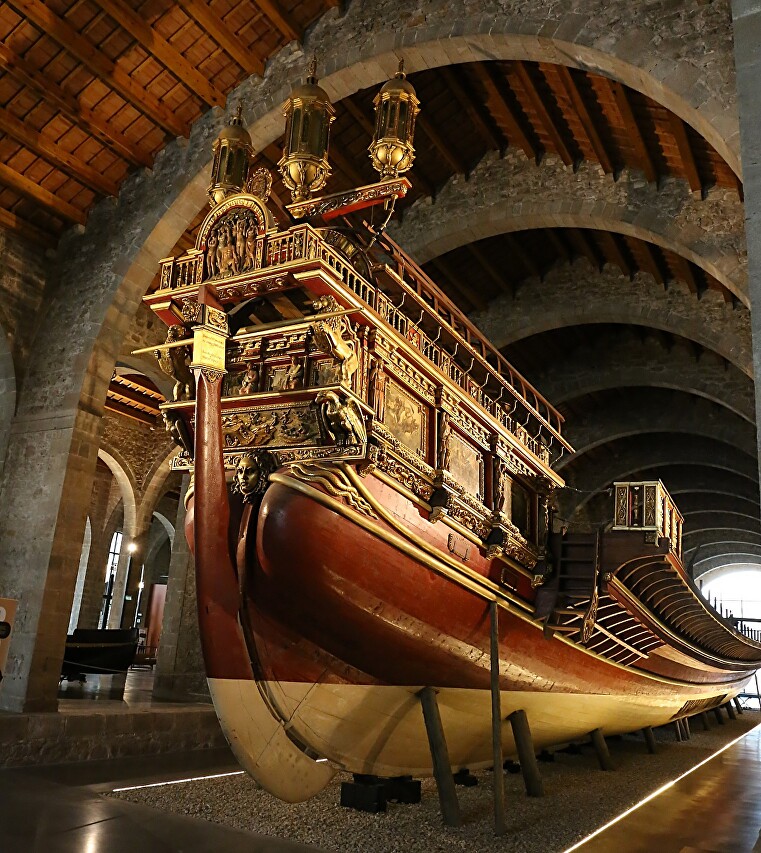
The design of the galley was supervised by the famous architect and artist Benvenuto Tortello. The decor was made in the Baroque style and became a real work of art.
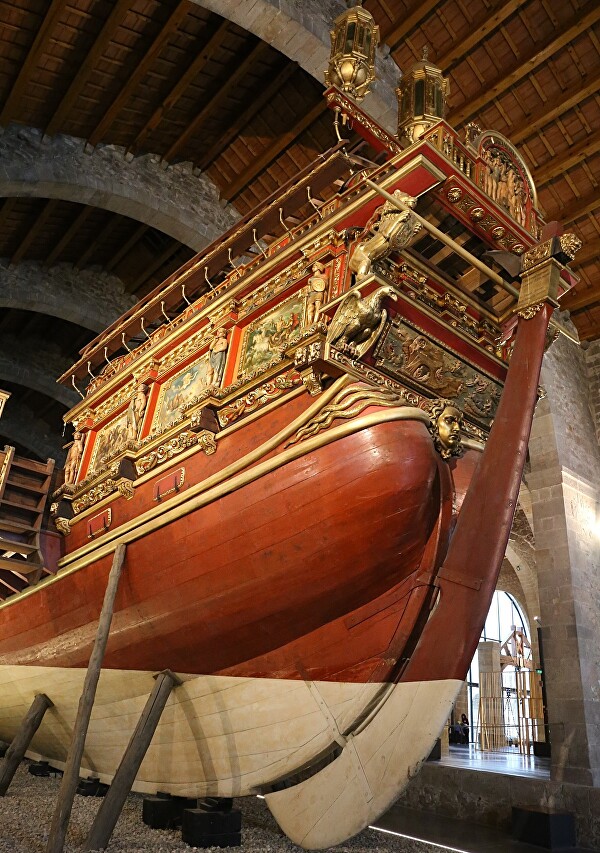
The aft part is decorated with colorful paintings depicting biblical subjects, painted by Juan de Mal Lara, a famous artist of the Spanish Renaissance period.
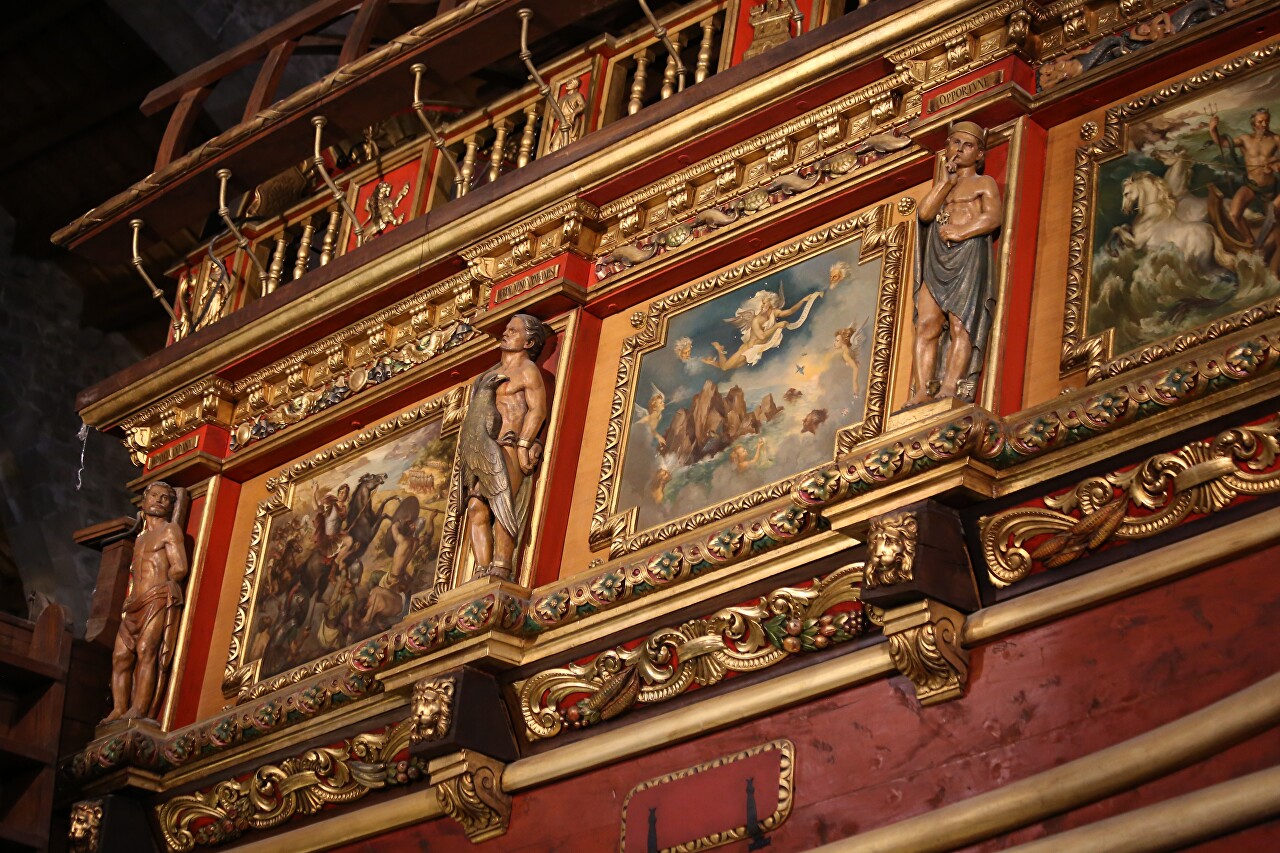
Statues of saints and carved decoration executed Bautista Juan Vázquez Sr., known as the designer of the Cathedral of Seville.
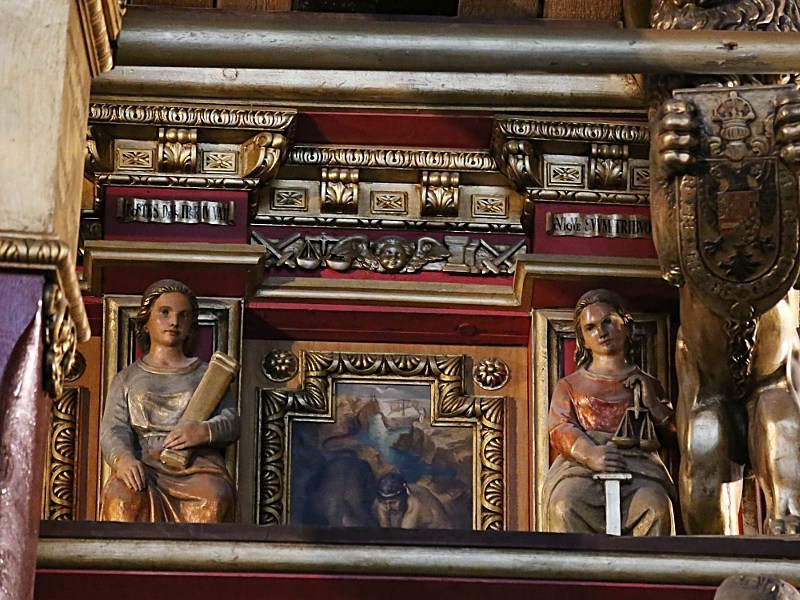
Elaborate wood carvings depict birds and animals and are covered with gilding to give the galley a luxurious, "Royal" look. In fact, the king was never on Board, the name of which was given to the flagships of the fleet.
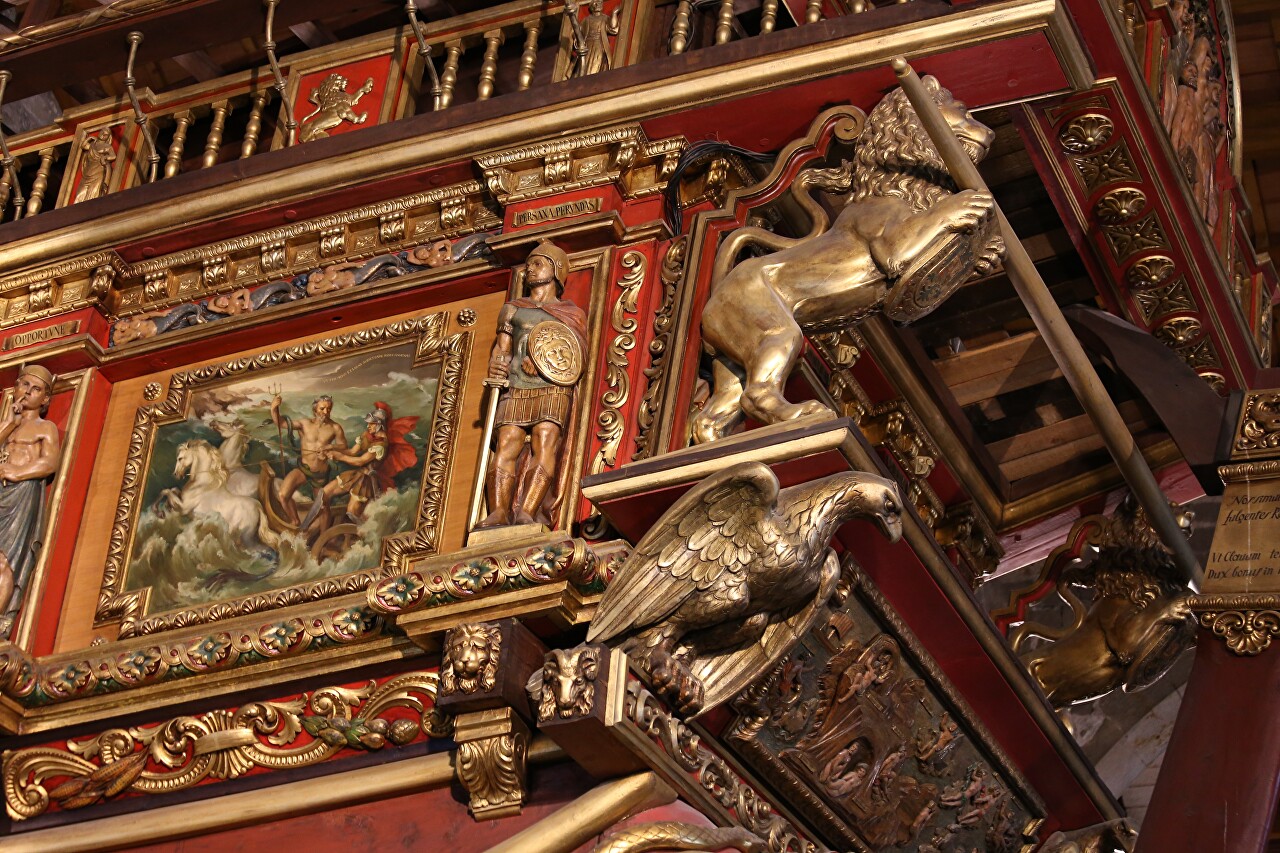
The poop desk is covered with carved gilded arches and covered with an awning, where the commander of the fleet was placed.
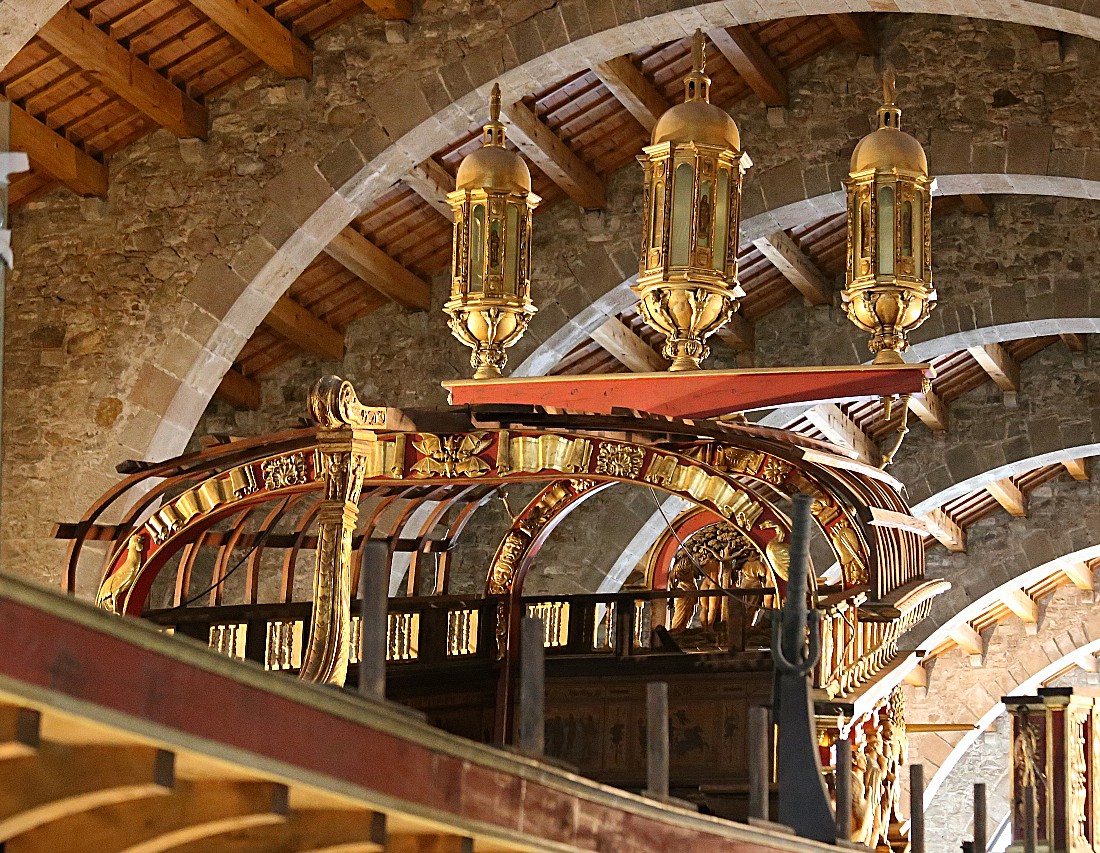
At that time, the aft lantern was installed only on flagship galleys, and three gilded lanterns were installed here at once.
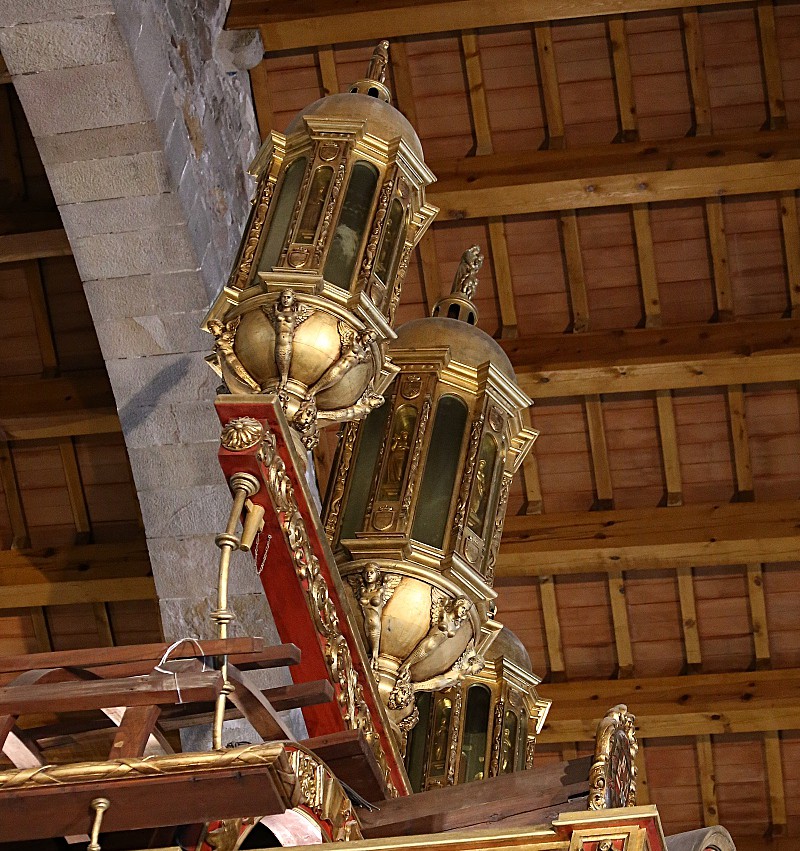
The bowsprit shows the coat of arms of king Philip II of Spain.
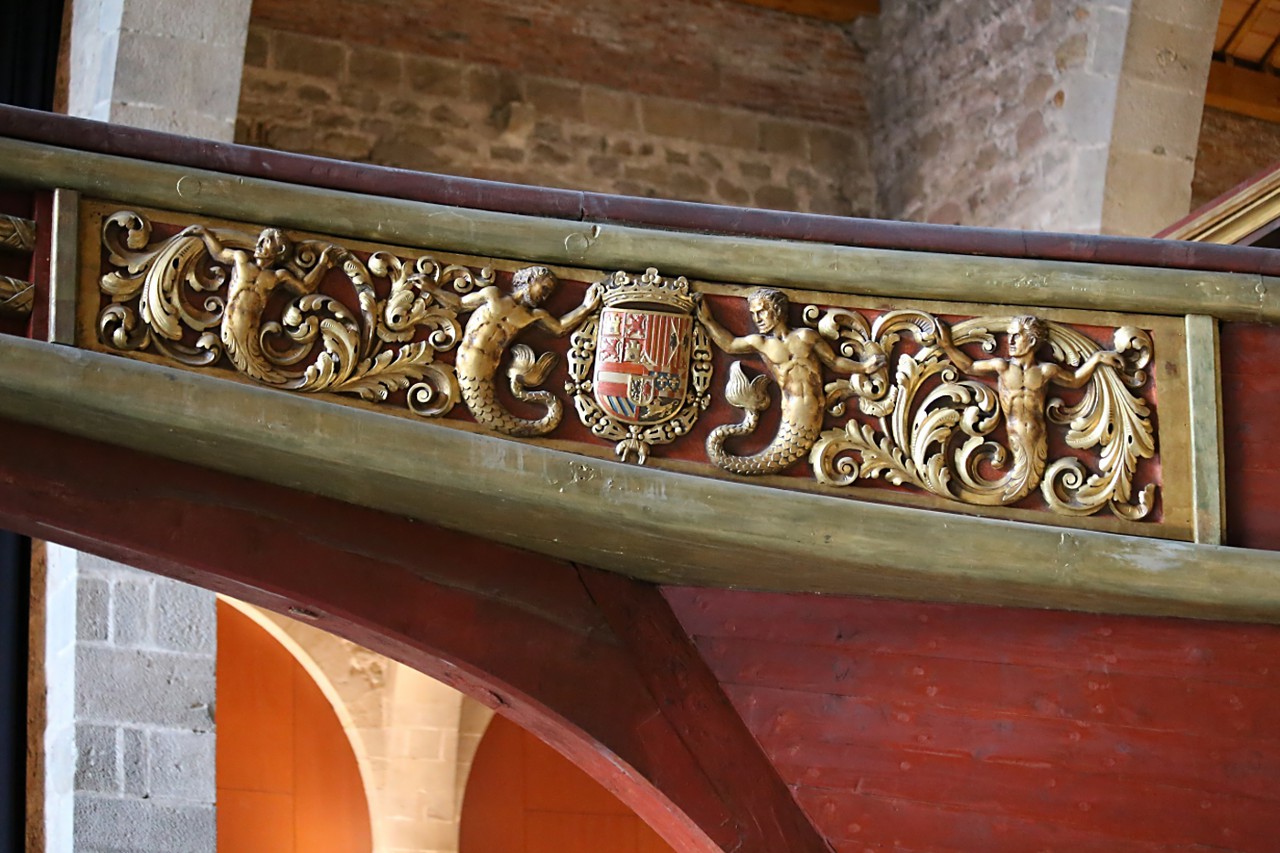
The spire figure depicting Neptune astride a Dolphin was made by the sculptor Gabriel Alabert.
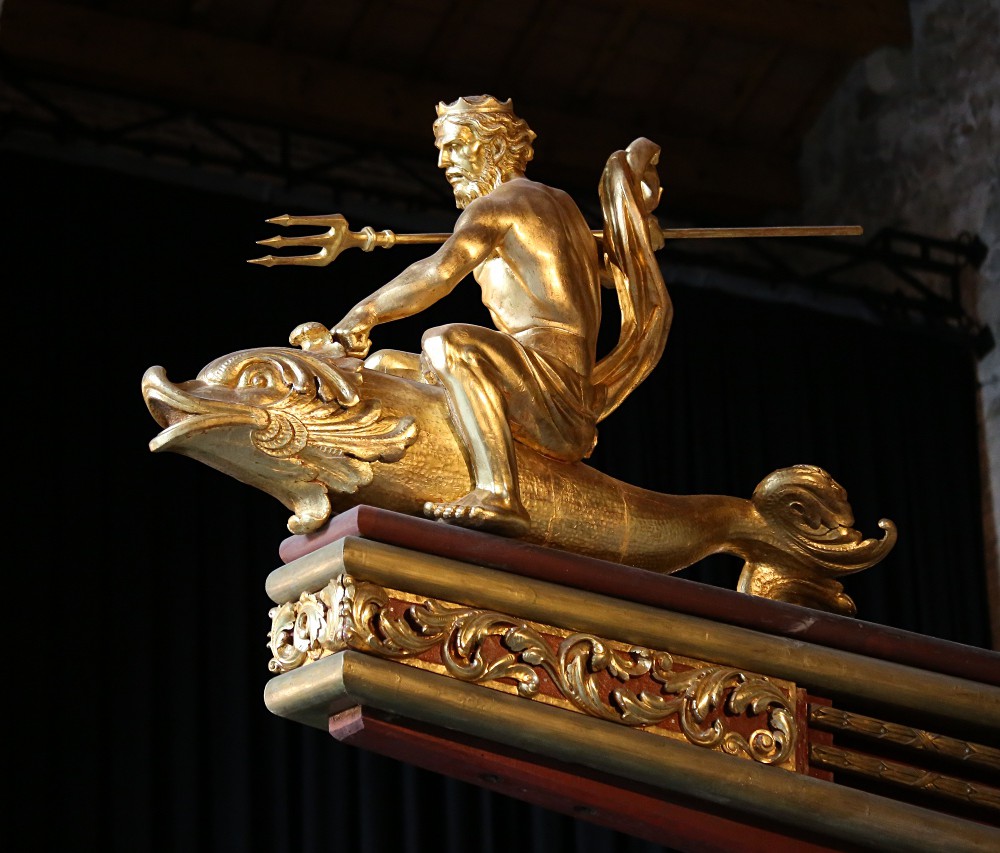
The battle of Lepanto took place in the Gulf of Patras at Cape Scrofa on October 7, 1571. The United fleet of the Holy League, consisting of ships of the Christian Mediterranean States under the flag of the Pope, fought with the fleet of the Ottoman Empire. The battle involved about 300 ships from each side, this is the largest naval battle of the middle ages. The victory of the Holy League stopped the expansion of the Turks in the Mediterranean region.
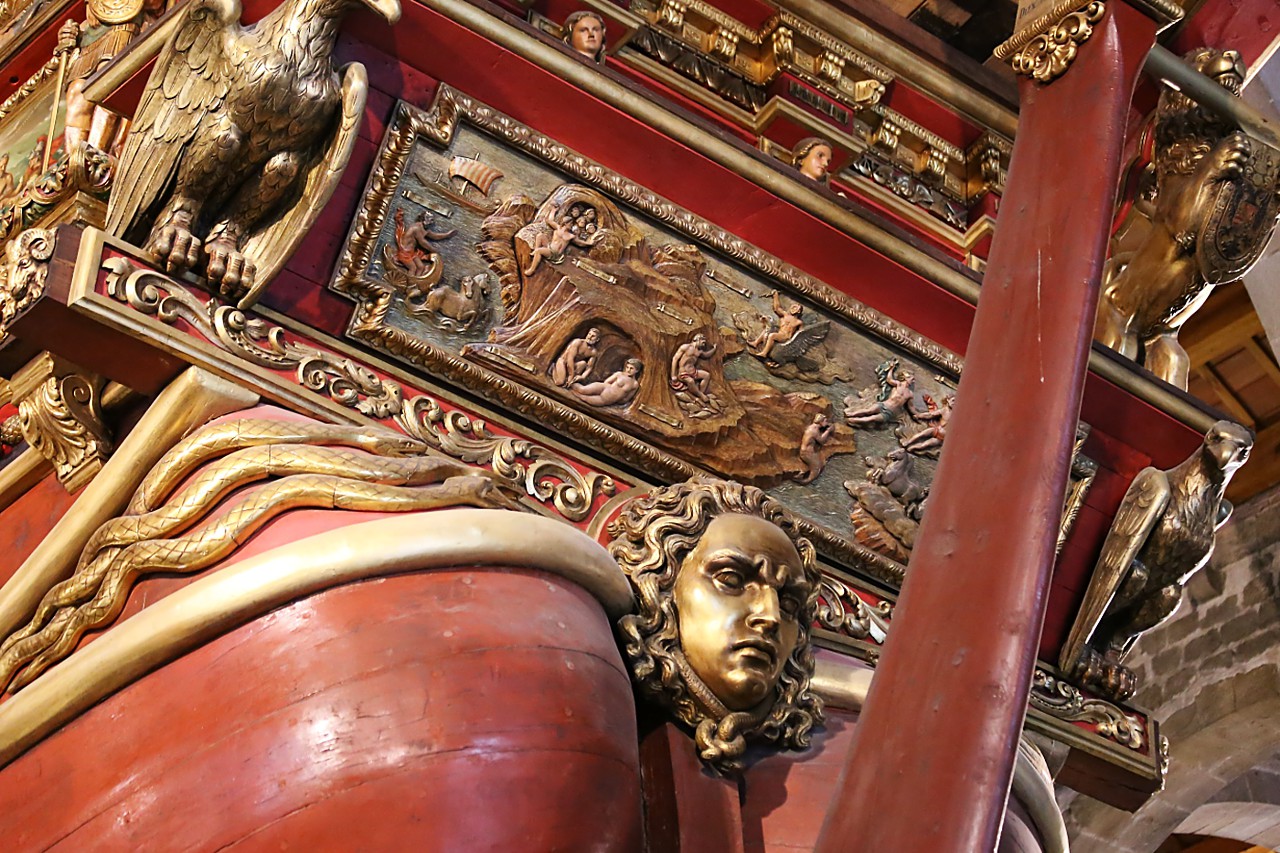
The key moment of the battle was the collision of the galley "Real", where the commander of the fleet, Juan of Austria, was with the flagship galley of the Ottomans, "Sultana". After an exchange of gunfire that damaged the Real's mainmast, the ships collided head-on, with the Sultana's RAM penetrating the Real as far as the fourth bench. The Turks boarded, the Spaniards twice repulsed their attacks, and during the third, the Spanish Admiral personally led his men in a counterattack, the Turks were overturned and the Spaniards broke into the deck of the enemy flagship. During a fierce battle Juan of Austria was wounded in the leg, and the Ottoman Admiral Ali Pasha Moazenzadeh killed. A Spanish soldier cut off his head, impaled him on a pike, and raised him above the fray. This demoralized the Turks and the outcome of the battle was a foregone conclusion.
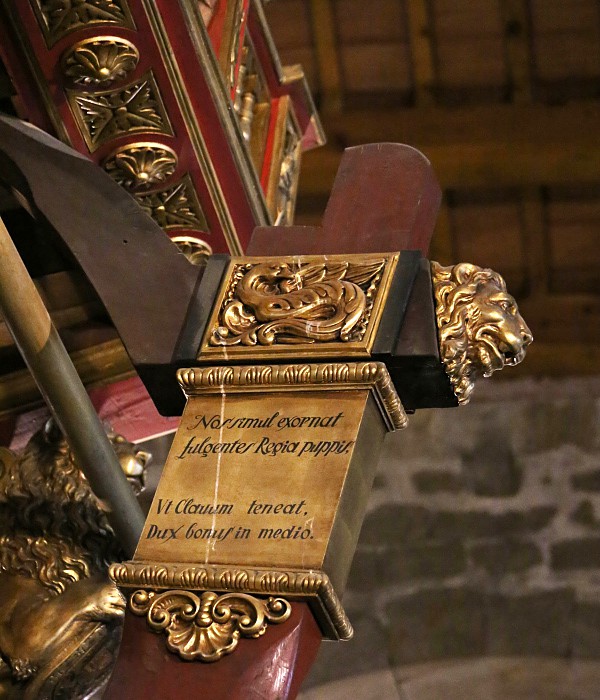
In 1965, on the eve of the 400th anniversary of the battle, the Director of the Maritime Museum of Barcelona, Jose Martinez-Hidalgo, made a proposal to recreate the legendary ship.
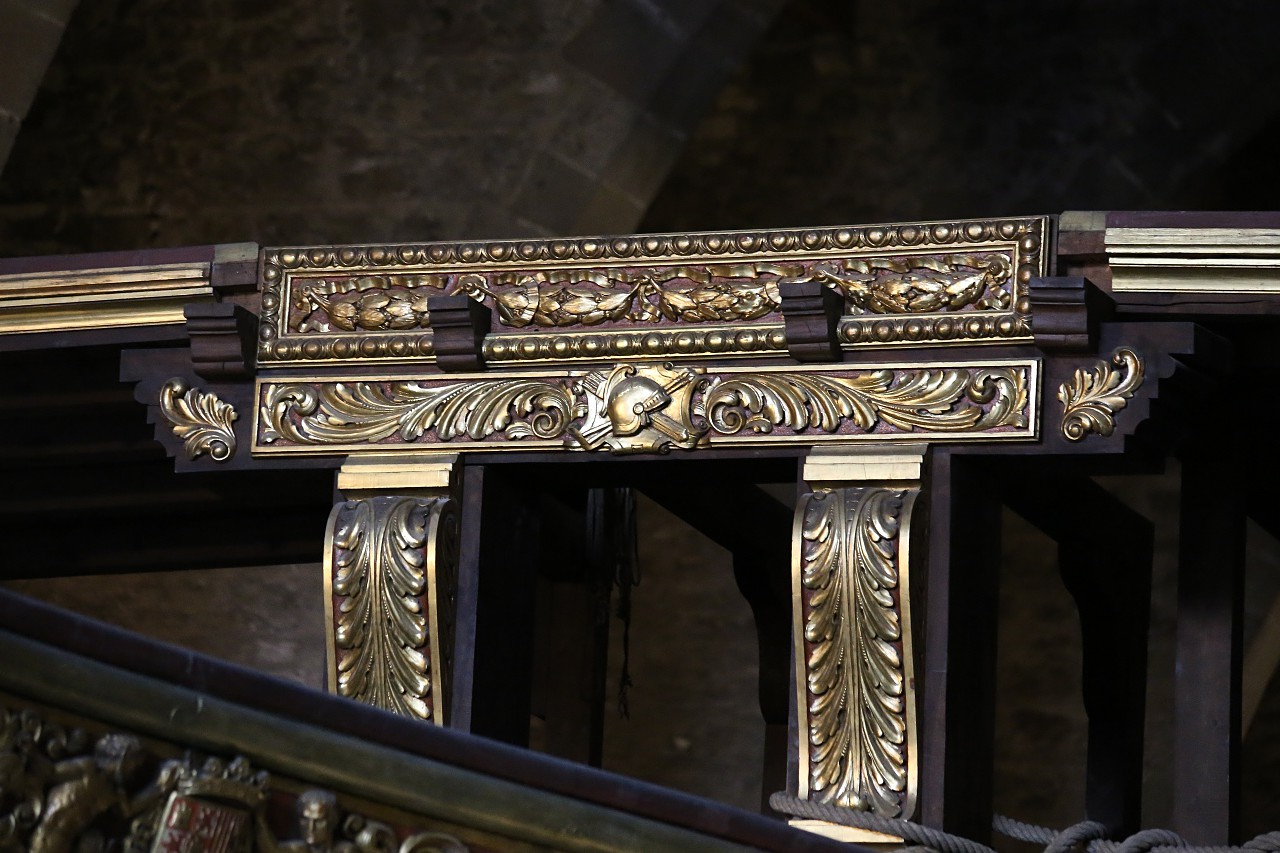
It took a group of historians and enthusiasts several years to develop the drawings, using old descriptions, drawings, and engravings. On the anniversary of the battle, October 7, 1971, the galley was launched, after which it became an exhibit of the Maritime Museum.

You can admire the galley sitting on the original bench made of oars and frames.
